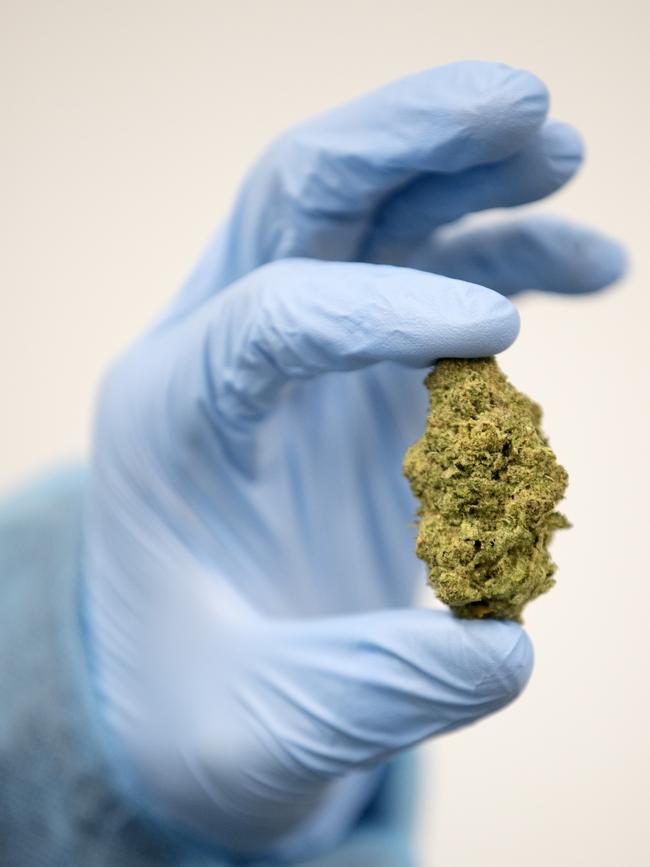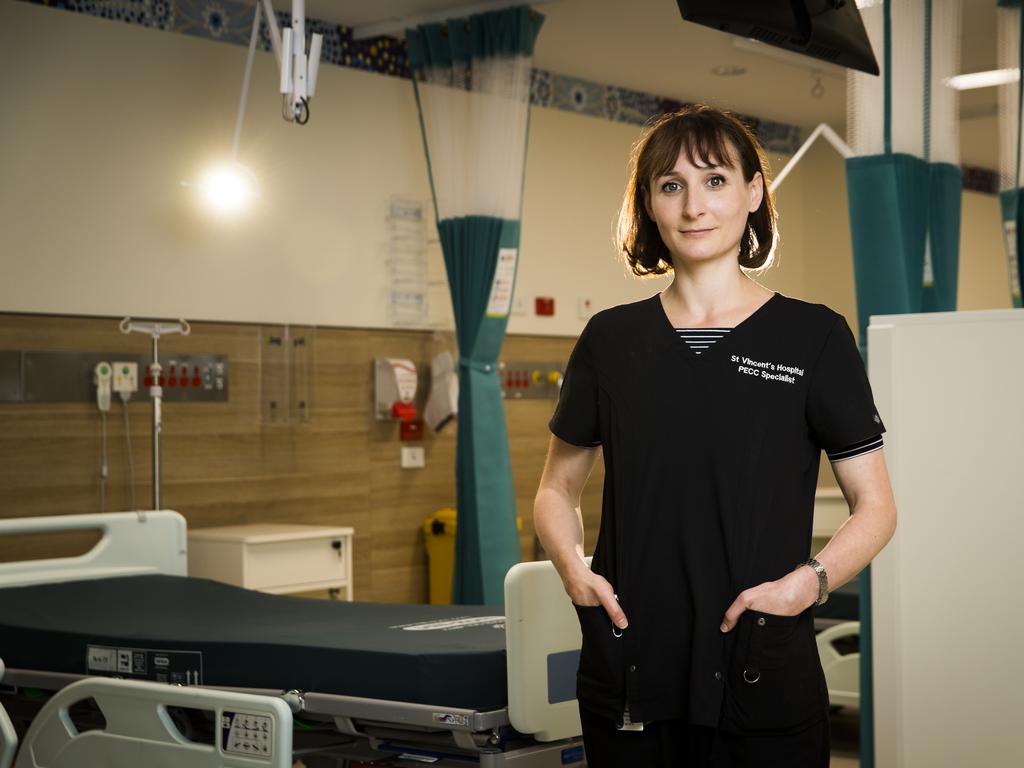We need to talk about medicinal cannabis
Despite weak evidence supporting its use, about half a million Australians have been prescribed it, fuelled by a system where doctors are paid for every prescription they write.

The acute effects of smoking marijuana, including hallucinations and paranoia, and long-term negative impacts on mental health led to restrictions on its importation and it was gradually criminalised in most jurisdictions. In 1840 the colonial government in Mauritius banned its use. A century ago, the International Opium Convention in The Hague banned international import and export.
None of this stopped its growth as the most popular illegal drug in the world. In the second half of the 20th century there was both a mood of greater permissiveness in regard to its use, with decriminalisation and then legalisation in some jurisdictions. This was accompanied by ongoing interest in its use as a medicine.
The main psychoactive component of cannabis is tetrahydrocannabinol (THC). The plant contains at least another 60 chemicals called cannabinoids, including cannabidiol (CBD).
Cannabinoids exert multiple mental and physical effects, including euphoria, relaxation, an altered state of mind and sense of time, impairment of short-term memory, and an increase in appetite, known colloquially as “the munchies”.

Long-term negative effects can include dependence, impaired cognitive functioning and psychosis. There is an increased risk of developing schizophrenia in susceptible individuals.
Medical cannabis was legalised in Australia in 2016. The number of prescriptions was limited by a complex approval process. Eventually, the development of a smoother online process resulted in a massive increase in the number of prescriptions written.
CBD is used as an adjuvant or “add-on” treatment in drug-resistant epilepsy in children and young adults where use of several other anti-convulsant drugs has not controlled their seizures.
The drug nabiximols (sativex) is a cannabis extract that contains roughly equal amounts of THC and CBD, and can be prescribed to alleviate muscle spasticity in patients with multiple sclerosis.
Beyond these uses, doctors prescribe medical cannabis by applying through a mechanism called the Special Access Scheme for individual patients. Individual doctors can apply to become an authorised prescriber after showing evidence of training.
Other accepted clinical uses include treatment of chemotherapy-induced nausea and vomiting, treatment of non-cancer pain, and use in the palliative care setting. In many cases the superiority of alternative agents has been demonstrated in clinical trials.
Despite the reasonably weak body of evidence supporting its use, estimates are that more than half a million Australians have been prescribed medicinal cannabis.
There are numerous potential concerns about the exponential growth in cannabis prescription. Firstly, the regulator, the Therapeutic Goods Administration, does not have the resources to individually vet the various applications.
Secondly, there is concern about the large amounts of THC being prescribed. It is the THC that gives “weed” smokers their “high”. More and more prescriptions are being written for the Category 4 and 5 preparations that are largely compromised of THC, with lower concentrations of CBD.

Thirdly, there is an increasing amount of direct-to-customer advertising of these products, with the information on its clinical effectiveness not supported by the evidence. This remains a largely unregulated area.
The training demanded of prescribing doctors by the TGA often comprises fairly short courses run by private companies that have commercial relationships with the manufacturers or importers. Any doctor can prescribe so we have a situation where a lot of inexperienced doctors without specialist training are working in clinics that are set up purely for the purpose of prescribing medicinal cannabis.
A survey of cannabis prescribers this year found doctors had trouble identifying sources of information that were unbiased and credible. Certainly, there is a lack of guidelines and data to guide them in what dosages to prescribe.
There are a lot of entrepreneurial business models that have sprung up, and most of them use telehealth rather than face-to-face consultations. Some of these companies are turning over more than $100m a year. There are clear conflicts of interest in clinics that manufacture, prescribe and dispense cannabis. Systems where doctors are paid for every prescription they write face moral hazard.
The enthusiasm for medicinal cannabis use cannot outstrip evidence of its effectiveness, a genuine exploration of alternative management strategies, and careful evaluation of the risks and benefits of ongoing treatment. Vertically integrated business models that have no checks and balances on appropriate use of medicines are dangerous for individual consumers and society as a whole. It is time for a rethink on medicinal cannabis in Australia.
Michael Gannon is a consultant obstetrician and gynaecologist with 18 years’ experience as a specialist. He has delivered more than 5000 babies. He served as president of the Australian Medical Association from 2016-18. He is president of leading professional indemnity provider MDA National.
This column is published for information purposes only. It is not intended to be used as medical advice and should not be relied on as a substitute for independent professional advice about your personal health or a medical condition from your doctor or other qualified health professional.





The role of medicinal cannabis remains a controversial matter. The drug is not a new one. There is archaeological evidence of cannabis being smoked in prehistorical times in central Asia. It was used through the ages as a recreational drug and as a key part of spiritual ceremonies across various cultures. Irish physician William O’Shaughnessy brought the drug back to Britain in the mid-19th century.